WEATHER
Tropical Storm Idalia Soaks North Carolina As It Moves Offshore
Published
2 years agoon
By
Matthew Hall
Courtesy of nwsnhc_hurricanes/Instagram
Tropical Storm Idalia weakened Wednesday as it crossed the southeastern U.S., but was still packing 60 mph winds and dropping heavy rain on North Carolina and parts of South Carolina Thursday morning.
Idalia made landfall near Keaton Beach, Fla., at 7:45 a.m. Wednesday as a destructive Category 3 storm with 125 mph winds, with the National Hurricane Center warning of catastrophic storm surge and extreme winds in the state’s Big Bend region, where the peninsula meets the panhandle on the Gulf Coast.
The agency warned early Wednesday of storm surge inundation of 12–16 feet above ground level in the Big Bend region, and life-threatening storm surges along much of the rest of the state’s Gulf Coast.
Rain totals of up to 12 inches were forecast through Thursday near landfall in northern Florida, with 4–8 inches likely across other parts of Florida, southeastern Georgia and the eastern Carolinas, according to the National Hurricane Center.
According to the latest update at 5 a.m. Thursday, tropical storm conditions were present in northeastern South Carolina and North Carolina, with forecasters warning of heavy rainfall and life-threatening flash flooding.
The National Hurricane Center warned storm surges of up to four feet were possible along the North Carolina coast as Idalia moves offshore Thursday. Forecasters warned of an additional 2–4 inches of rain across coastal North Carolina, with local maximums up to 6 inches.
Florida Gov. Ron DeSantis, Georgia Gov. Brian Kemp, S.C. Gov. Henry McMaster, and N.C. Gov. Roy Cooper all issued states of emergency in preparation for Idalia’s arrival.
“Over the past 24 hours, we’ve seen Hurricane Idalia plow through the Southeast, leaving destruction behind,” Cooper said in a statement Wednesday. “Even though North Carolina isn’t its first stop, this storm’s heavy rains can do damage. I encourage people to listen to local officials and make sure you have a plan if you are in an area with a flood risk.”
Amid widespread flooding in recent storms from California to Florida, experts are sounding the alarm about a widespread lack of flood insurance among homeowners.
“Today, a small fraction of Americans hold flood insurance policies, despite 93% of U.S. residents living in areas that have been deemed a flood disaster area by FEMA. Legislation now under consideration by the U.S. Senate would help protect these and the millions of homeowners who are left vulnerable by current regulations,” said Michael Hecht, President and CEO of Greater New Orleans, Inc. and leader of the Coalition for Sustainable Flood Insurance.
“In 2021, Hurricane Ida’s landfall in Louisiana resulted in more than $70 billion in losses. A year later, Hurricanes Ian and Nicole caused similarly valued damages in Florida. This means that people, businesses, communities and governments end up having to pick up the bill that should be sitting with insurance companies, and I expect similar levels of underinsurance with Hurricane Idalia,” said Adam Rimmer, co-founder and CEO of insurance provider FloodFlash.
“It’s a painful reminder that flooding can happen anywhere — whether you’ve had the foresight to buy insurance or not. FloodFlash is continuing to monitor our flood sensors for our clients in Florida and will be quick to respond and send claim payouts as fast as one week should any of our clients flood,” Rimmer said.
TMX contributed to this article.
More From Weather Traker
-
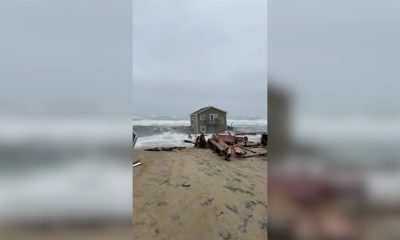

Unoccupied house in Rodanthe NC collapses into the sea
-
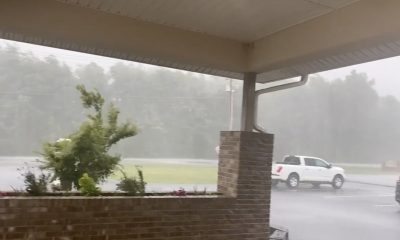

Holy Cannoli! The rain came to Henagar today!
-
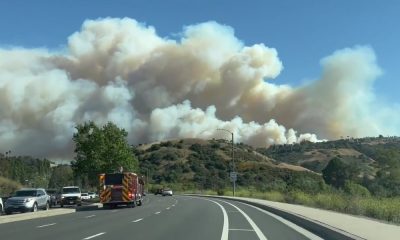

Smoke from Laguna Niguel fire visible over trees near Laguna…
-
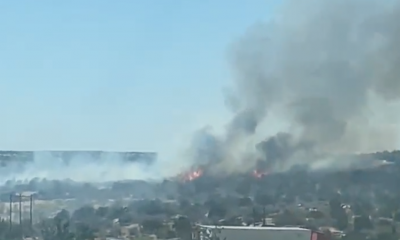

Wildfire Smoke and Flames Seen From the Road in New…
-
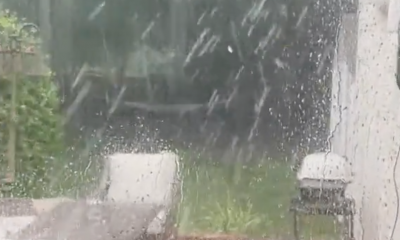

Large Hail Hitting and Sliding Off Of House During Storm
-
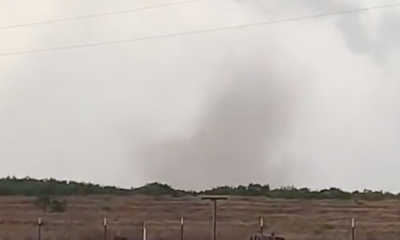

Possible Tornado on the Ground Outside of Lubbock, Texas
-
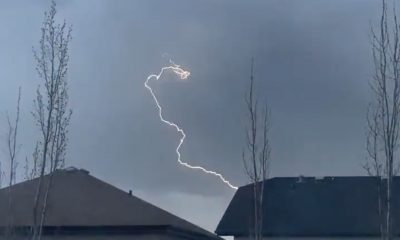

Lightning bolt during storm in Edmonton, Canada
-
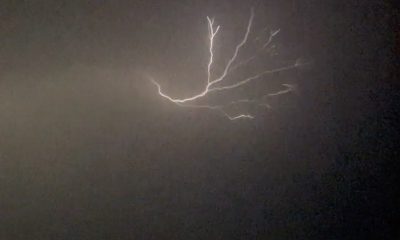

Gulf Shores has had quite the light show tonight
-
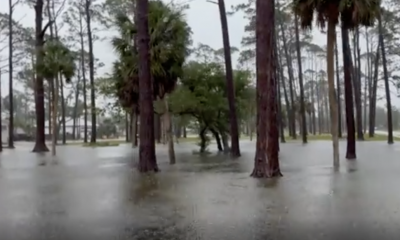

Flash Flood Warnings Occur in Port St. Joe, FL
-


A snowy and wet Memorial Day from Big Cottonwood Canyon…
-
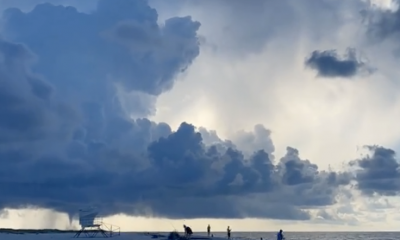

water spouts at Johnson beach keep dropping from the sky
-
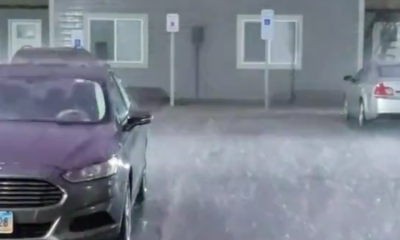

Some decent sized stones mixed in with plenty of smaller…
